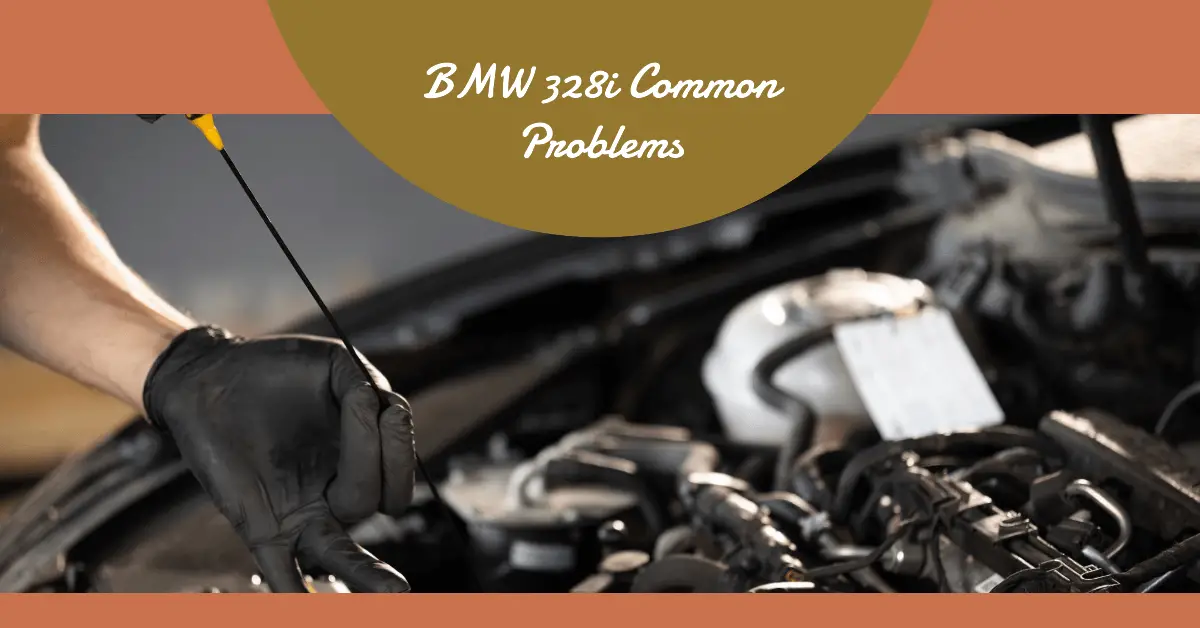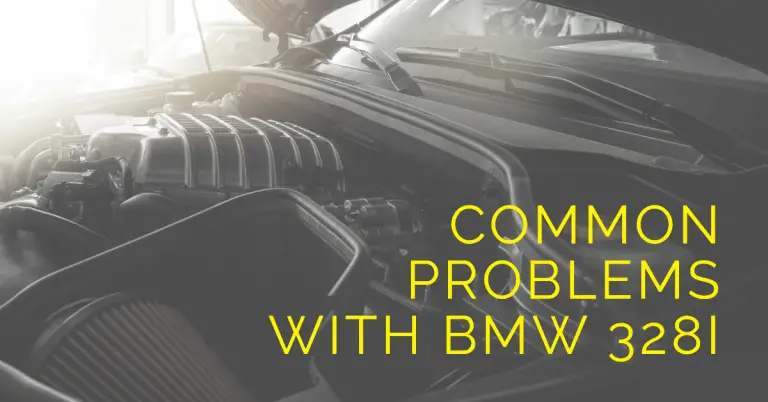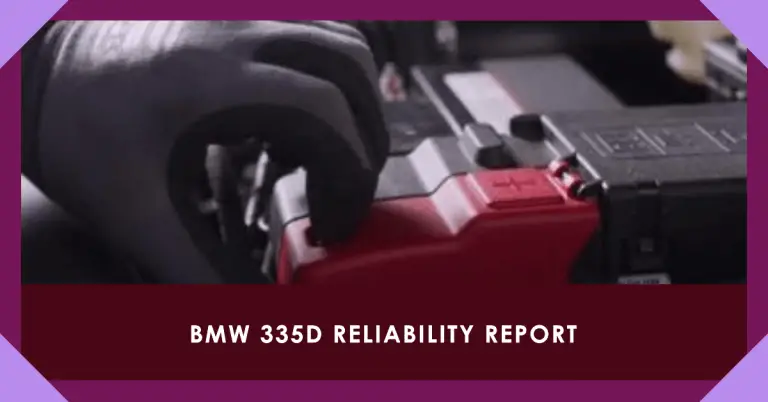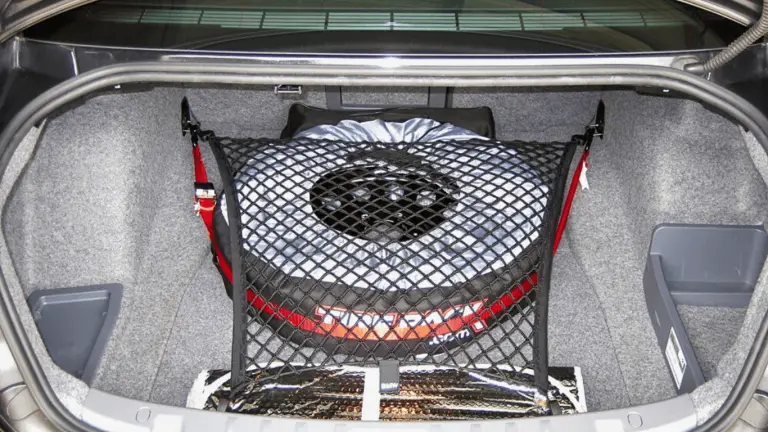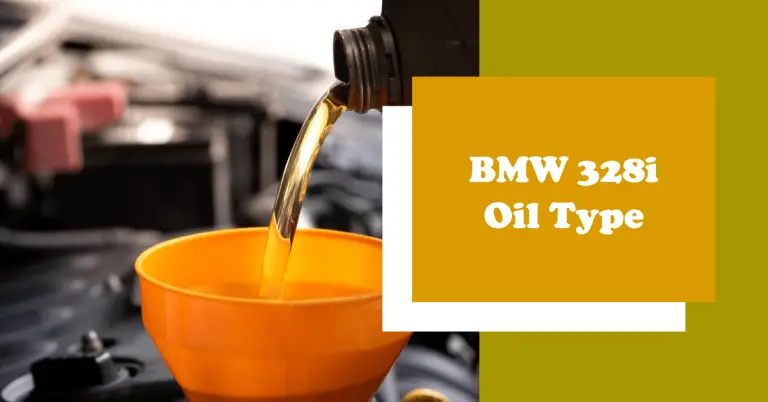2013 BMW 328i Problems: Common Issues and Solutions
Have you been considering purchasing a used 2013 BMW 328i? As a compact luxury sedan, the 328i offers responsive handling, a premium interior, and decent fuel economy from its turbocharged engine. However, even well-engineered German vehicles develop their share of problems over time.
What are the most common mechanical and electrical issues reported by 2013 328i owners, and how can you fix them?
While no car is problem-free, being aware of the most prevalent complaints with any pre-owned vehicle can help you make an informed buying decision or prepare for necessary repairs. This article will outline the top documented problems with the 2013 BMW 328i and present some troubleshooting tips to diagnose and resolve these concerns. We’ll cover engine, transmission, suspension, steering, and electrical problems.
Major Engine Issues
A robust powertrain is essential for a true “Ultimate Driving Machine.” Let’s review some of the most discussed engine-related problems with the 2013 328i.
1. Oil Leaks
Oil leaks seem to be an unavoidable nuisance on many aging BMWs. 2013 328i models with the N20 turbocharged 4-cylinder are no exception. The most culprit for leaks is the valve cover gasket. As the rubber gasket hardens and shrinks over time, oil can seep past the seal. Replacing the valve cover gasket will remedy this issue and stop the bothersome drips. Purchase a gasket kit and be prepared for a lengthy procedure carefully removing all components to access the gasket area.
Owners also report oil filter housing leaks. The housing contains several o-rings and gaskets that can degrade and fail. Take your time replacing each seal and use caution when re-installing the housing to avoid stripping bolts or cracking the unit. Preventative maintenance with frequent oil changes and using quality synthetic oil can maximize the lifespan of seals and gaskets.
2. Carbon Build Up
Direct fuel injection engines like the one in the 2013 328i are particularly prone to carbon build up on the intake valves and ports when compared to port fuel injection designs. As fuel is sprayed directly into the cylinders, some residue is left behind. Over tens of thousands of miles, this carbon accumulation on the valves and ports can restrict airflow and cause loss of power, stumbling, check engine lights, and misfires.
To reduce and remove the carbon deposits, Italian tune-up drives and regular intake cleaning treatments are recommended. During an Italian tune-up, you drive the car hard through the RPM band and force more airflow through the engine to break off buildup. Using quality fuel injector and intake cleaner products such as CRC or BG Injection Clean also work to slowly dissolve away the carbon. When done preventatively, you can keep the valves and ports clean for optimal performance.
3. Timing Chain Guide Failures
The N20 turbo engine utilizes a timing chain rather than a belt. However, a common issue on 2013 328i models is the chain guide breaking. The original plastic guides wear out over time. As they break down, shards can enter the engine and the timing chain can slack, jump timing, and cause serious damage.
Replacing the plastic chain guides with redesigned metal reinforced versions is the permanent solution. Kits are available with the improved guides and replacement tensioners to complete the repair properly. Once installed proactively, the new guides should be durable for the long haul. This maintenance can save owners from very costly timing chain or engine repairs down the road.
Transmission Troubles
BMW’s 8-speed automatic transmission helps make the 328i feel responsive, but some owners experience issues with the complex gearbox:
1. Harsh Shifting
Sporadic harsh shifting is a prevalent complaint among 2013 328i owners. The transmission may exhibit abrupt and jerky shifts between gears at low speeds. BMW issued a service bulletin for a transmission adaptation reset procedure to smooth out the shifts. Basically the transmission computer learns and adapts to your driving style over time. Resetting this allows it to re-learn and often cures the bucking and flaring shifts.
If that fails to fix it completely, a transmission software update performed by the dealer may be necessary. Request them to check for the latest software calibration. Keeping up with fluid changes is also beneficial for longevity of any automatic transmission.
2. Mechatronic Unit Malfunctions
The mechatronic unit is essentially the brains of the ZF 8HP transmission. It controls the hydraulics and shifting. Failure of this complex component can cause various drivability issues and error messages. Some owners report the transmission gets stuck in one gear due to mechatronic unit defects. Fixing this problem requires replacement of the entire mechatronic unit. While not a cheap repair, a new unit will get your 328i shifting smoothly again.
Suspension and Steering Concerns
How a car handles impacts the driving experience. The 2013 328i is regarded as a nimble handler. But a few suspension and steering parts prove vulnerable.
1. Control Arm Bushings
Upper front control arm bushings commonly wear out prematurely. This allows extra movement in the suspension geometry and leads to clunking noises over bumps, steering wheel vibrations, and wandering of the car on the highway. Replacing both front upper control arm bushings restores crisp steering and handling. Use quality Meyle or Lemforder brands for durability. Proper wheel alignments also increase bushing lifespan.
2. Electric Power Steering Failures
Problems with the electric power steering system randomly occurring have generated complaints from 328i drivers. This includes complete loss of power steering assist along with warning lights. The servo motor or sensor malfunctions in the EPS system and needs replacement. Diagnosing the specific faulty part can be tricky. Check for software updates as well. The dealership can correctly pinpoint the issue and replace the components to restore power steering function.
Electrical System Gremlins
Like most modern cars, the 2013 328i has its share of electrical quirks ranging from minor nuisances to major headaches.
1. Battery Failures
The stock battery in the 328i often dies prematurely, leaving owners stranded with a no-start condition. The stop-start system which turns the engine off at stops to save gas puts extra strain on the battery. Upgrading to a higher end absorbed glass mat (AGM) battery improves life expectancy and avoids getting stuck with a dead battery. The Optima Redtop AGM is a popular choice among BMW enthusiasts.
2. Instrument Cluster Malfunctions
The instrument cluster contains various circuit boards and sensors to display speed, fuel level, and other key information. But owners report random electrical gremlins with the gauge readings going haywire or dying. Speedometers and odometers intermittently cutting out or showing incorrect speeds are most common. Various dash lights and warning messages may also activate if disgruntled sensor data confuses the onboard computer.
While dealers can attempt to diagnose and replace individual components, often the entire instrument cluster needs replacement to permanently rectify electrical issues. Aftermarket rebuilt clusters are a more affordable fix. Verify your new cluster comes pre-programmed for your specific model to enable plug and play installation.
Conclusion
While no car is immune from age-related issues, understanding the most common problems with the 2013 BMW 328i empowers owners to make educated repair decisions. Performing preventative maintenance, checking for software updates, using quality parts, and addressing problems promptly can optimize longevity and reliability. With advanced diagnostics and quality replacement components, the savvy owner can keep their 328i running smoothly for years to come.

